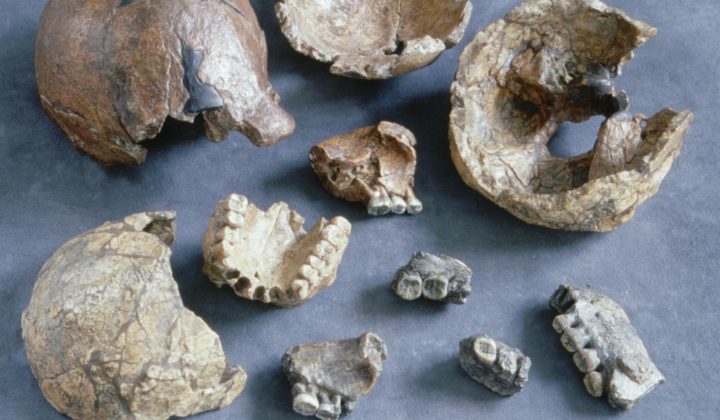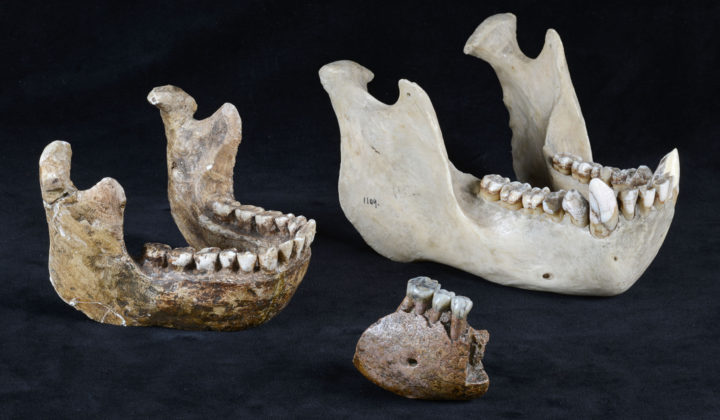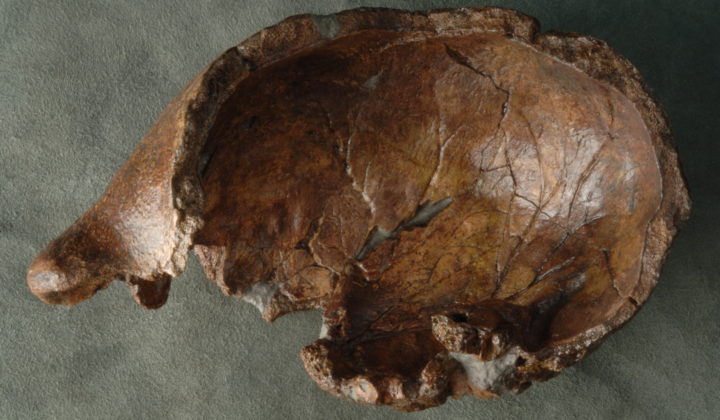Palaeoanthropology
Research
Key research areas
Human Evolution
The origin of early hominins in Africa and their expansion to Eurasia was significantly influenced by their adaptive-functional properties, as well as climate and habitat changes and their ability for cultural behavior. Key regions of our research projects are Central Africa and Southeast Asia. Our research station in Malawi, the GHR v. Koenigswald hominid collection and our 3D-morphometry facilities offer excellent conditions for interdisciplinary research on the origin and early evolution of the genus Homo, with both field and laboratory work.
Close collaborative relationships exist with the research project “The Role of Culture in Early Expansions of Humans (ROCEEH), the Senckenberg Biodiversity and Climate Research Centre (SBiK-F) and the Human Palaeobiomics Project (collaboration with NYU). An important aspect is academic teaching in collaboration with partner institutions in Malawi, Tanzania, Kenya and Mozambique.
Palaeobiology and Environment: Chiwondo Beds Coring Program
Systematic core drilling will be carried out in the Plio-Pleistocene Chiwondo Beds of northern Malawi. These will complement the data collection of the ICDP program in Malawi for the Pliocene. Main focus of the investigations are diatoms.
Cooperation with University of Malawi, University of Giessen, HEP Tübingen
Human Palaeobiomics: Lake Chilwa Metabolic Ecology Project
The Lake Chilwa area is currently being studied using metabolic ecology methods. Metabolic ecology investigates the regulation of ecological processes through the intensity of metabolic processes.
Cooperation with University of Malawi, New York University (NYU) HEP Tübingen
Lake Malawi: MAFLO Project
With a length of 560 km and a width vpn 40-70 km, an area of 22500 km2 and a water depth of up to 750 m, Lake Malawi is the fifth largest lake in the world. Studies are carried out on eDNA, micro-plastics, pollen, cyanobacteria, gastropods, water isotopy, diatoms, and ostracods.
Cooperation Projects
Research Station Malawi
In northern Malawi, the Cultural and Museum Centre Karonga was constructed with financial support by European Union. The CMCK helps to preserve the natural and cultural heritage of Malawi. Through a GIZ project inventories of the cultural heritage of Malawi were developed and concepts for the sustainability of the project were implemented. Measures for sensitization and awareness were carried out at local and national level and in the field of extracurricular learning.
The essential starting point for planning and construction of the Cultural and Museum Centre Karonga was the rich natural heritage of northern Malawi (Therapsids / Karroo, Dinosaurs / Cretaceous, Hominins / Plio-Pleistocene). The Hominid Corridor Research project through paleoanthropological research in Karonga district contributed to a major change in the perception of the natural heritage of Malawi. The CMCK is also used as a research station for paleontological field work in northern Malawi. For field work, a site camp exists directly at the excavation site Malema, which was built with funds from the GIZ, and also functions as an on site information center.
The centre provides infrastructure for palaeobiological and limnological work. Northern Malawi offers important paleontological sites (Permian Triassic, Upper Cretaceous, Plio-Pleistocene), as well as research opportunities for freshwater ecology (Lake Malawi). Besides its ichthyofauna, Lake Malawi is considered an evolutionary biological model system.
Previous activities:
Palaeobiological, palaeoanthropological and archaeological field projects. Education of international students, field schools. Summer Schools
Cooperation partners:
University of Giessen, Université de Lille, Genth University, New York University, University of Queensland, Chancellor College Zomba, Mzuzu University, HEP Tübingen
Infrastructure:
Geological-paleontological preparation, camp equipment, floating platform for seabed sampling, equipment for geological-paleontological exploration & excavations and for limnology





